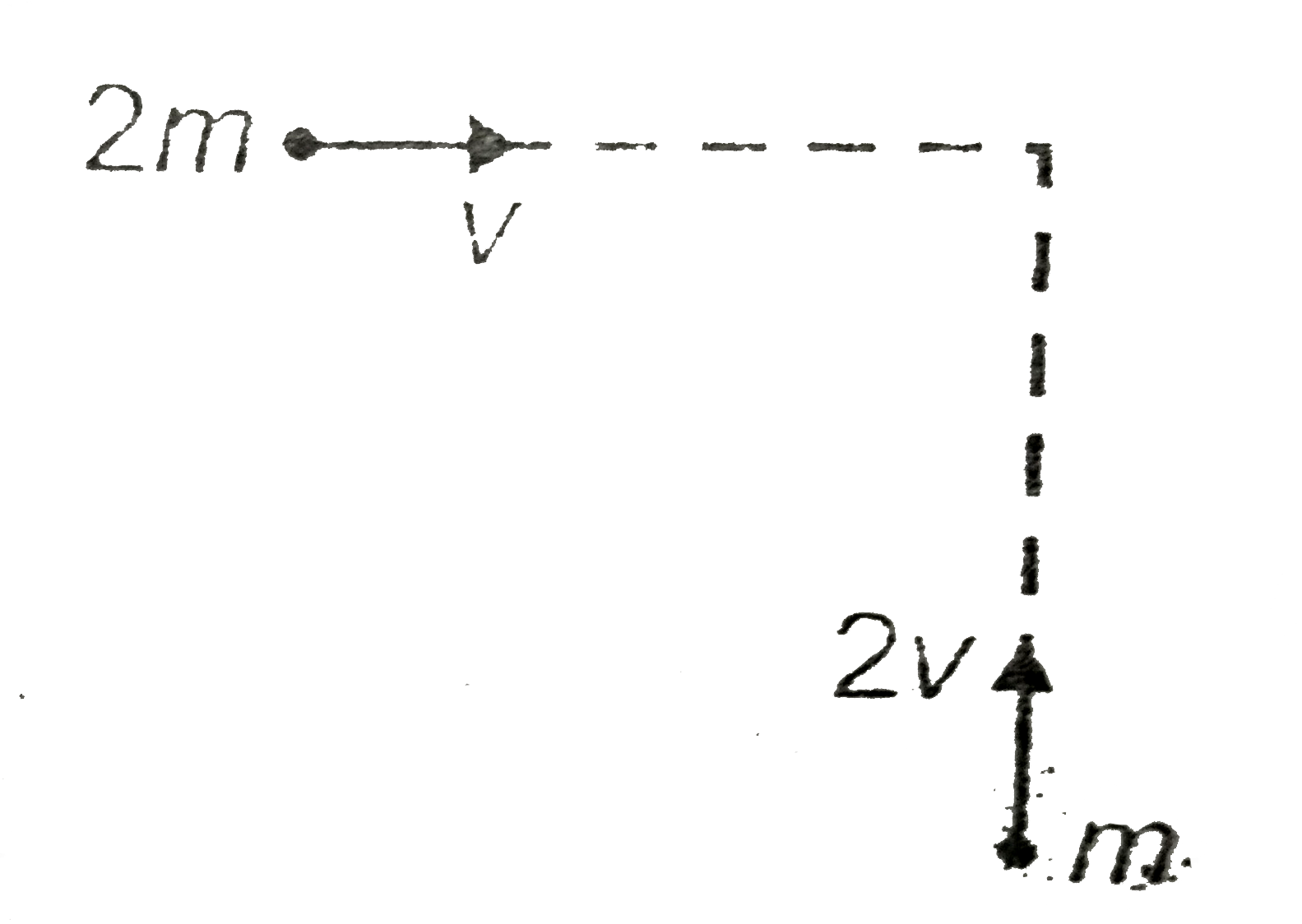A scale is adjusted to zero . Particles fall from a height h = 250 m before colliding with the balance pan of the scale . The collisions are elastic . If each particle has a mass of m = 100 mg and collisions occur at the rate n = 1000 particles per second , what is the scale reading in kg ?
The correct Answer is:2mn√2gh=1.43 kg
Step by step video, text & image solution for A scale is adjusted to zero . Particles fall from a height h = 250 m before colliding with the balance pan of the scale . The collisions are elastic . If each particle has a mass of m = 100 mg and collisions occur at the rate n = 1000 particles per second , what is the scale reading in kg ? by Physics experts to help you in doubts & scoring excellent marks in Class 11 exams.
Updated on:21/07/2023Topper's Solved these Questions
- LAWS OF MOTION, FREE BODY DIAGRAMBOOK - NN GHOSHCHAPTER - LAWS OF MOTION, FREE BODY DIAGRAMEXERCISE - Exercise (B)
34 Videos
- LAWS OF MOTION, FREE BODY DIAGRAMBOOK - NN GHOSHCHAPTER - LAWS OF MOTION, FREE BODY DIAGRAMEXERCISE - Exercise (B)
34 Videos
- KINETIC THEORY OF GASESBOOK - NN GHOSHCHAPTER - KINETIC THEORY OF GASESEXERCISE - All Questions
24 Videos
- MOMENT, TORQUE, EQUILIBRIUM OF BODIESBOOK - NN GHOSHCHAPTER - MOMENT, TORQUE, EQUILIBRIUM OF BODIESEXERCISE - Exercises
33 Videos
Similar Questions
A particle of mass m moving with velocity u collides elastically head on with a particle of mass 2m at rest. After collision the heavier particle moves with velocity?
View SolutionTwo particles of mass 2m and m moving with speed v and 2v respectively pependicular to each other collides perfectly inelastically, then

Speed of the particles after collision
View Solution
Knowledge Check
A particle of mass m falls from a height h on a mass m and gets stuck to it. Then,
 Aacceleration of the pulley - mass system after impact is given by g/5.Bthe height to which 3m mass rises is h/5Cthe height to which 3m mass rises is h/3Dacceleration of the pulley mass system after impact is g/3
Aacceleration of the pulley - mass system after impact is given by g/5.Bthe height to which 3m mass rises is h/5Cthe height to which 3m mass rises is h/3Dacceleration of the pulley mass system after impact is g/3A particle dropped from a height of 100 m, collides with the horizontal surface where coefficient of restitution is 0.5, the velocity attained by the particle in 5th collision is
A4.2 m/sB6.2 m/sC8.4 m/sD6.4 m/sA load of mass m falls from a height h on to the scale pan hung from a spring , as shown in the figure . If the spring constant is k , mass of the not bounce , relative to the pan , then the amplitude of vibration is
 Amg/dBmgk√(1+2hkmg)Cmgk+mgk√(1+2hkmg)Dmgk√(1+2hkMg−mgk)
Amg/dBmgk√(1+2hkmg)Cmgk+mgk√(1+2hkmg)Dmgk√(1+2hkMg−mgk)
A particle of mass m1 moves with velocity v1 and collides with another particle at rest of equal mass. The velocity of the second particle after the elastic collision is
View SolutionAn empty box is put on the pan of a spring balance and scale is adjusted to zero.A stream of small identical beads,each of mass 4.5gm are then dropped into the box from height 7.6m at constant rate of 100 beads/sec. If the collision between each bead and box is completely inelastic fmd the reading of the scale, 10 seconds after beads begin to hit the box. '
View SolutionA load of mass m falls from a height h on to the scale pan hung from a spring as shown in the adjoining figure. If the spring constant is k and mass of the scale pan is zero and the mass m does not bounce relative to the pan, then the amplitude of vibration is

View SolutionAn elastic ball of mass m falls from a height h on an Aluminium disc of area A floating in a mercury pool. If the collision is perfectly elastic, the momentum transferred to the disc is :
View SolutionA particle P collides elastically at M with a speed v. The change in angular momentum the particle about the point N during collision is

View Solution
